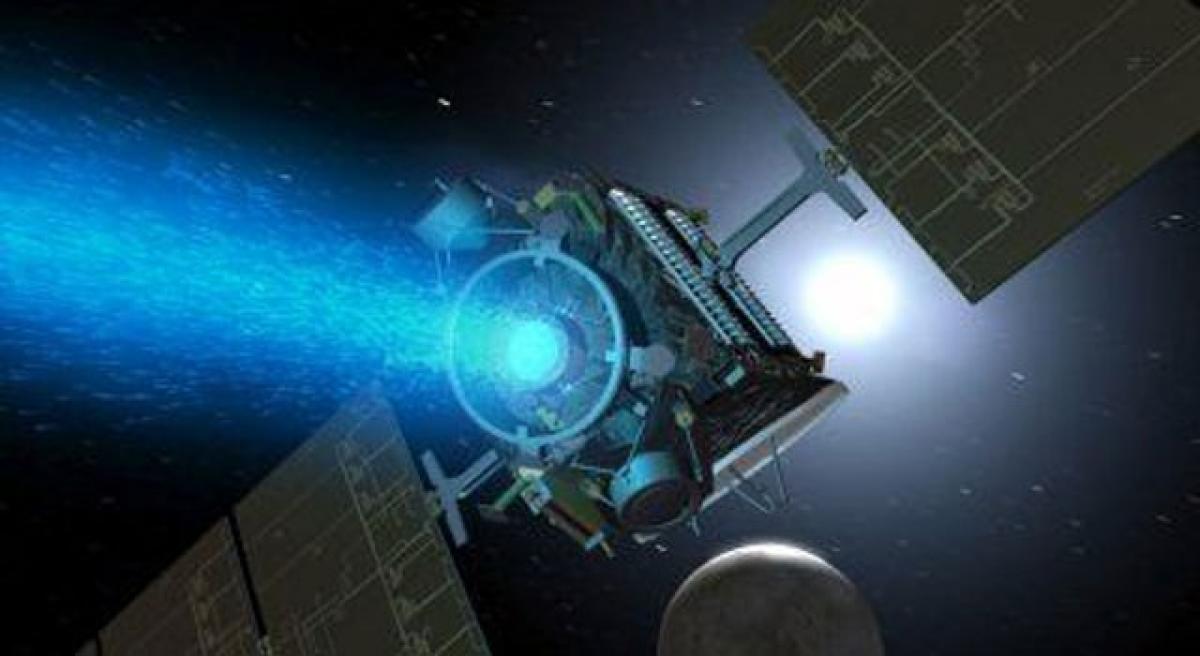Live
- YSRCP forms spl teams to support social media activists
- AI-driven dataset to reveal new insights around diabetes
- Nurturing curiosity, empathy & innovation in children
- Vizianagaram MLC bypoll cancelled
- Governor Abdul Nazeer pays tributes to Pandit Nehru
- AP Assembly session continues for fourth day, discussion on budget today
- YSRCP leader Gowtham Reddy booked for attempt to murder
- Chief Minister A. Revanth Reddy Extends Kartika Purnima Greetings
- CM A. Revanth Reddy Wishes People on Guru Nanak Jayanti
- Wanaparthy District: On Friday morning, a tourist bus lost control and went into the crop fields on National Highway









